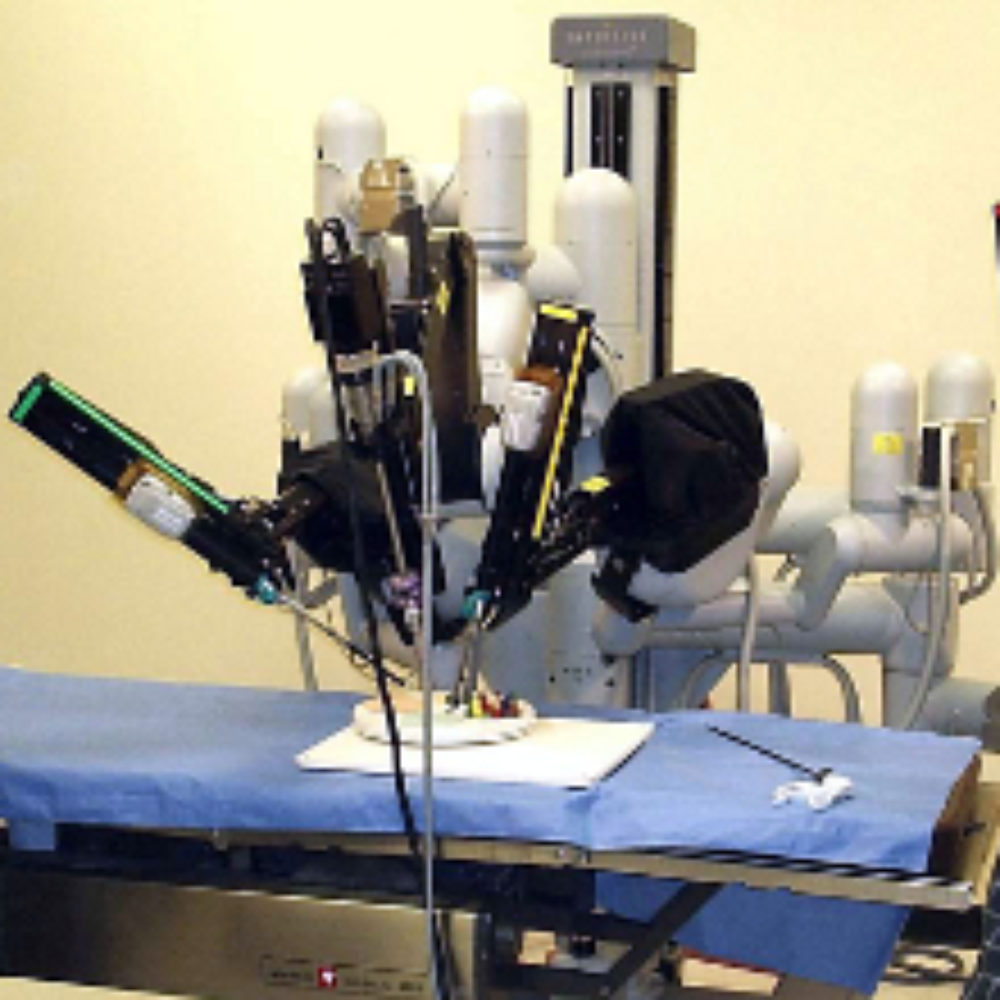Robotic Prostate Surgery Complications May Include Eye Damage: Study

New research indicates that there are an increased number of reports involving cornea damage and other eye injuries linked to complications of robotic prostate surgery, also known as a robotic prostatectomy.
According to a study presented last month at the Anesthesiology 2012 annual meeting, researchers found a 0.42 percent incident rate of eye damage during robotic prostate surgery.
Researchers looked at data from 2000 through 2009 involving 136,711 robotic-assisted radical prostatectomy (RARP) surgeries and found that the rate of eye injuries during such procedures where a surgical robot were used increased by a factor of 10, from .07 percent to 0.42 percent. Most of the injuries were a result of corneal abrasion, meaning that the surface of the eye was scratched.

Did You Know?
Millions of Philips CPAP Machines Recalled
Philips DreamStation, CPAP and BiPAP machines sold in recent years may pose a risk of cancer, lung damage and other injuries.
Learn MoreAccording to the scientists involved with the study, robotic prostatectomy procedures require patients to lay head down in the Trendelenburg position throughout the surgery, and while they struggled to explain exactly how eye injuries could occur from a procedure that takes place at the other end of the human body, they postulated that the long duration of the surgery and patient positioning facedown could be a factor.
Other potential complications of robotic prostate surgery that were reported included other eye injuries, facial swelling and arm injuries.
The FDA first approved RARP procedures in 2000 because it is considered minimally invasive, lowers hospital-acquired infection risk and recipients usually have shorter hospital stays. It also reduced the need for pain medication.
When the robotic prostatectomy was first approved, it consisted of about 10 percent of prostate cancer surgeries in the United States. Now it is used 50-80 percent of the time.
Researchers said that while they could not specifically pinpoint the cause of the eye injuries, the findings give patients a reason to discuss possible concerns and lead to a better understanding of the health risks of all their options.
Recent Product Liability Lawsuits Over Robotic Surgery Complications
Amid increasing popularity of robotic surgery at hospitals throughout the country, a number of product liability lawsuits have been filed over complications from the da Vinci surgical robot, which is manufactured by Intuitive Surgical.
The da Vinci Surgical System is a complex, remote-controlled robot that has been heavily marketed and increasingly used in recent years for a number of surgical procedures, including robotic prostatectomy, to provide a less invasive surgery, which reduces recovery time. The robot is controlled by a surgeon looking at a virtual reality representation of the patient’s internal organs and manipulating its four metal arms with hand and foot controls.
A number of individuals who underwent surgery with the machine are now pursuing a da Vinci robotic surgery lawsuit, alleging that design defects caused them to suffer severe internal injuries, such as cuts, tears and burns to nearby arteries or organs.
Want a weekly update on top lawsuits, recalls & warnings?
"*" indicates required fields






0 Comments